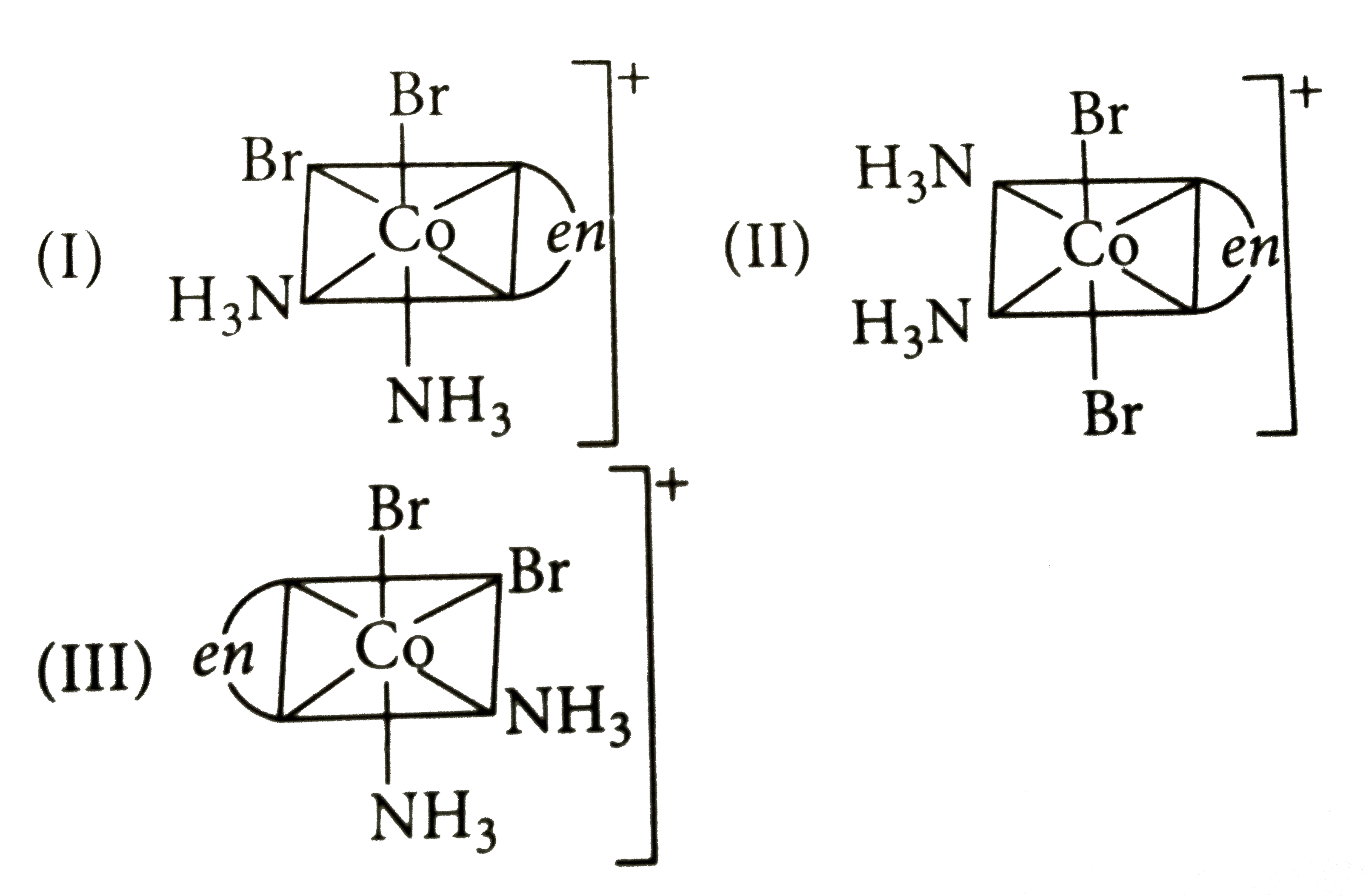Which one is a wrong statement?
Brown algae have chlorophyll a and c, and fucoxanthin
Archegonia are found in Bryophyta, Pteridophyta and Gymnosperms
Mucor has biflagellate zoospores
Haploid endosperm is typical feature of gymnosperms
To determine which statement is incorrect, we will analyze each option step by step.
1. Analyzing Option A:
- The statement claims that "brown algae have chlorophyll A and C and fucoxanthin."
- Brown algae, scientifically known as Phaeophyceae, indeed contain chlorophyll A and C along with the pigment fucoxanthin, which gives them their characteristic brown color.
- Conclusion: This statement is true.
2. Analyzing Option B:
- The statement mentions that "Archegonia are found in Bryophyta, Pteridophyta, and Gymnosperms."
- Archegonia are indeed the female reproductive structures found in Bryophyta (mosses), Pteridophyta (ferns), and Gymnosperms (conifers).
- Conclusion: This statement is true.
3. Analyzing Option C:
- The statement claims that "Mucor has biflagellate zoospores."
- Mucor is a genus in the kingdom Fungi, specifically in the division Zygomycota. Most species of Mucor do not have flagella, and their sexual spores are called zygospores, which do not possess flagella.
- Conclusion: This statement is false.
4. Analyzing Option D:
- The statement says that "haploid endosperm is a typical feature of gymnosperms."
- In gymnosperms, the endosperm is typically haploid and develops from the haploid megaspore. However, it is important to note that gymnosperms do not undergo double fertilization, which is a feature of angiosperms.
- Conclusion: This statement is true.
Final Conclusion:
The incorrect statement among the options is Option C: "Mucor has biflagellate zoospores." This is the wrong statement.
- The statement claims that "brown algae have chlorophyll A and C and fucoxanthin."
- Brown algae, scientifically known as Phaeophyceae, indeed contain chlorophyll A and C along with the pigment fucoxanthin, which gives them their characteristic brown color.
- Conclusion: This statement is true.
- The statement mentions that "Archegonia are found in Bryophyta, Pteridophyta, and Gymnosperms."
- Archegonia are indeed the female reproductive structures found in Bryophyta (mosses), Pteridophyta (ferns), and Gymnosperms (conifers).
- Conclusion: This statement is true.
- The statement claims that "Mucor has biflagellate zoospores."
- Mucor is a genus in the kingdom Fungi, specifically in the division Zygomycota. Most species of Mucor do not have flagella, and their sexual spores are called zygospores, which do not possess flagella.
- Conclusion: This statement is false.
- The statement says that "haploid endosperm is a typical feature of gymnosperms."
- In gymnosperms, the endosperm is typically haploid and develops from the haploid megaspore. However, it is important to note that gymnosperms do not undergo double fertilization, which is a feature of angiosperms.
- Conclusion: This statement is true.
The incorrect statement among the options is Option C: "Mucor has biflagellate zoospores." This is the wrong statement.
Topper's Solved these Questions
Similar Questions
Knowledge Check
- Question 1 - Select One
Which one is wrong statement?
ATotal orbital angular momentum of electron in 's' orbital is equal to zeroBAn orbital is designated by three quantum numbers while an electron in an atom is designated by four quntum numbersCThe electronic configuration of N atoms is DThe value of m for d2Z is zero
DThe value of m for d2Z is zero
Which one is the wrong statement ?
View SolutionWhich one is the wrong statement ?
View SolutionAmong the following ,which one is the wrong statement
View SolutionThree arrangement are shown for the complex , [Co(en)(NH3)2Br2]+ . Which one is the wrong statement ?
 View Solution
View SolutionWhich is the wrong statement ?
View SolutionWhich is/are wrong statement (s) ?
View SolutionWhich one of following is a wrong statement?
View Solution


